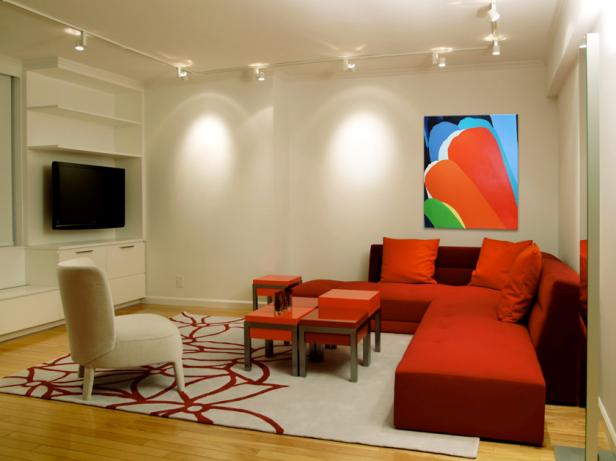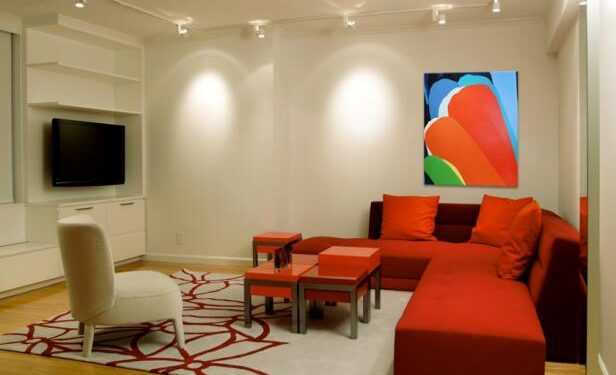Introduction
How you light a room can transform your home from a place you live into a place you love. Carefully selected and positioned ceiling lights can really change up a room’s feel, adding depth, warmth, and functionality. Whether softening a living area for relaxation or brightening a workspace for clarity, the versatility of lighting is undeniable. In this guide, you will discover practical tips for choosing and positioning ceiling lights to achieve harmony and balance in any space.
Understanding the Layout of Your Space
Assessing your room’s layout is an essential first step in the lighting design. Note where the natural light falls and how the room is used throughout different times of the day. Are there areas that require more focused light? Could a statement lighting piece serve as a centerpiece? Consider how shadows might play across the room and adjust accordingly. Aim to enhance your space’s existing features and allow each area’s function to dictate lighting needs—creating a perfect blend of practicality and ambiance.
Considering Size and Scale
The ceiling light size should be deliberate; a fixture’s scale can define the room it inhabits. In dining rooms, the chandelier or pendant should be a visual extension of the table itself—neither too grand to overpower nor too petite to be unnoticed. The general rule of thumb is to have the fixture’s diameter be about 12 inches narrower than the table’s width. For other rooms, consider the ceiling height; higher ceilings may accommodate taller or larger fixtures. Choose a size that complements rather than competes with the room’s dimensions and existing decor.
Paying Attention to Brightness and Bulb Types
Light is not just about visibility but also about mood. Therefore, the intensity and color of light should be tailored to the ambiance you wish to create. The brightness required in a kitchen, emphasizing tasks, differs from that of a bedroom, where calm is king. LED bulbs offer versatility and energy savings, while incandescents are known for their warm glow. Advances in technology even allow bulbs to simulate natural daylight, enhancing overall well-being. Mood can also be managed with dimmable switches, offering a spectrum of light intensity at your fingertips.

Installation and Safety Tips
Accurate installation is crucial for both aesthetic appeal and safety. Light fixtures should always be installed by an experienced electrician who adheres to safety standards to sidestep potential dangers. An improperly hung light can compromise design impact and safety. Correct installation accounts for harmony in the space, with the fixture hung at an ideal height for aesthetics and function. This might mean positioning it as the centerpiece in an entryway or strategically above a work area for task lighting. Detailed guidance on safe and aesthetically pleasing installation can be found from reputable sources.
Keeping Up with Lighting Trends
The art of lighting never stands still, and staying informed of current trends can elevate your space to new heights of style. Whether indulging in the industrial chic of exposed bulbs, embracing the sleekness of modern minimalism, or showcasing the opulence of art deco, there’s a trend to fit every character and dwelling. Those who maintain a pulse on the latest lighting designs are poised to reflect their individuality while also tapping into the innovation that modern lighting offers—in efficiency, interactivity, and aesthetics. Explore the current and upcoming trends to find inspiration for a fresh look.
Conclusion
Mastering the art of ceiling lighting is a journey well worth embarking on. Artful positioning and well-considered choices in lighting fixtures illuminate and transform spaces. By marrying functionality with the latest design trends, carefully selected ceiling lights can create a haven of comfort, elegance, and modernity in your home. As you contemplate new lighting avenues, carry these tips as your guiding light to ensure your home shines in its best light.






